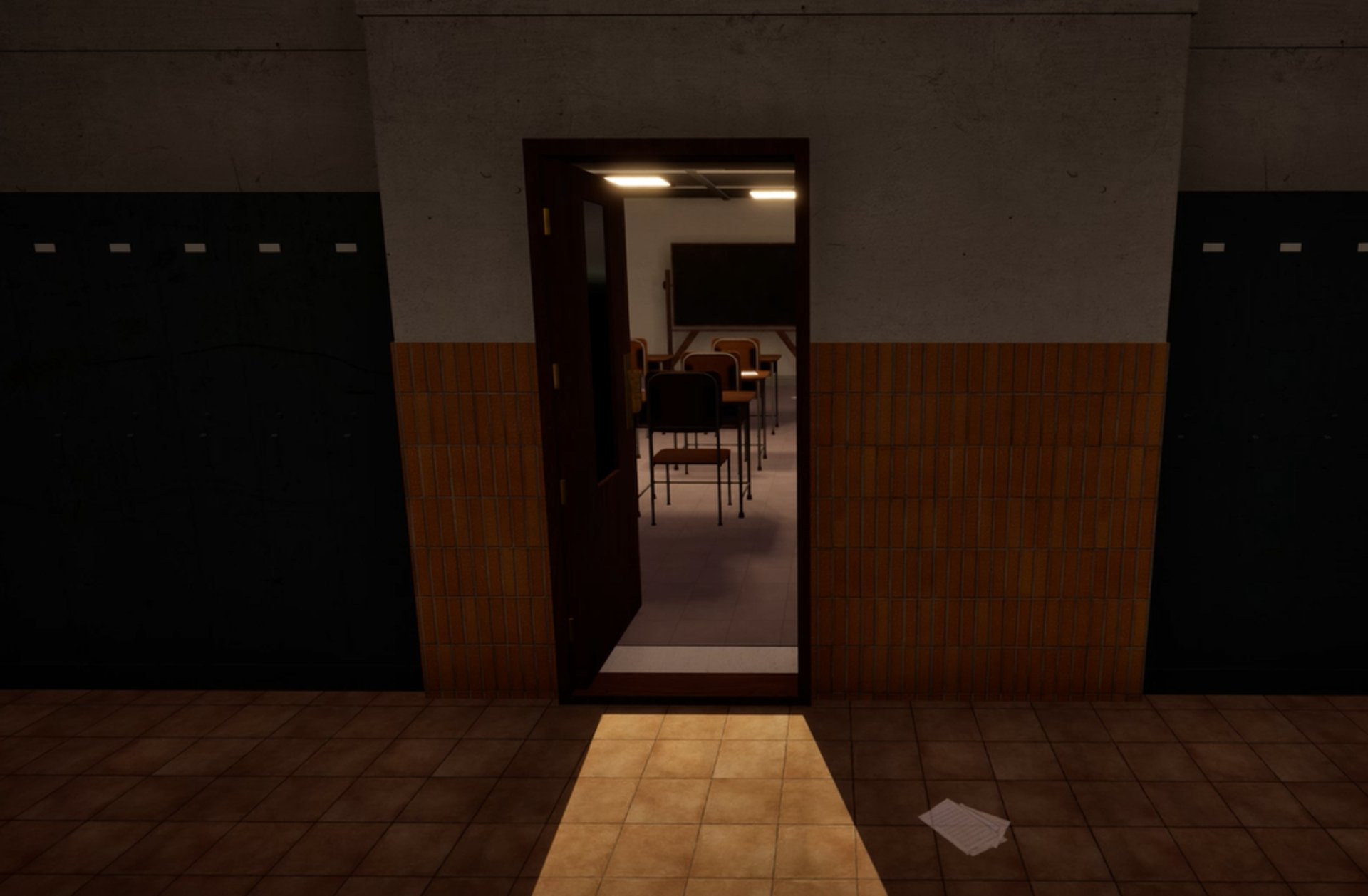
This resource can be used to connect with several parts of the KS3 Curriculum for England and Wales, but particularly the following:
KS3 History – “the study of an aspect or theme in British history that consolidates and extends pupils’ chronological knowledge from before 1066 (a study of an aspect of social history, such as the impact through time of the migration of people to, from and within the British Isles)”
KS3 Geography – “understand, through the use of detailed place-based exemplars at a variety of scales, the key processes in human geography relating to: population and urbanisation; international development; economic activity in the primary, secondary, tertiary and quaternary sectors; and the use of natural resources
Black Romans
OBJECTIVES
Students who use this learning resource will be able to:
Describe the multicultural nature of the Roman Empire, particularly as it manifested in Britain, and be able to map where different groups of people in Roman Britain came from.
Understand the benefits of Britain’s land and resources to the Romans, and analyze the ways that Septimius Severus capitalized on these.
Use historical evidence to uncover customs, traditions, laws and power structures in Roman Britain, and specifically how these affected Black people in Roman Britain.
Demonstrate how Victorian understanding of the Roman Empire differs from contemporary understanding, and explain why these differences matter to our definition of nation, ‘race’, and empire.
OVERVIEW
The Roman Empire has, since the Victorian period, been part of the British school curriculum. It has often been seen and taught as a model for the British Empire, as both empires were, at their height, the largest controllers of land and people in the world; both used technology and military strength to gain power; and both used their colonies to acquire resources (including human resources) to maintain power. However, the cosmopolitan nature of the Roman empire is often ignored or underresearched. This learning resource allows students to see an empire where a Black man could become emperor, and highlights the contributions of North African citizens of the empire to both Rome’s and Britain’s growth and expansion.
Lesson 1: The Roman Empire in Britain: A Multicultural Society
Lesson 1a [Human Geography]: Mapping the Movement of People in the Roman Empire
Lesson 2: An African Roman Emperor
Lesson 3: Life and death in the Roman settlement of Arbeia
Lesson 4: Victor and Regina: enslavement and freedom in Roman Britain
Lesson 5: The ‘rediscovery’ of Black Romans in Britain
"It looked like sadness itself, for it was a map. Ovando spread his map out before him.....At that moment the world broke."
Jamaica Kincaid
This resource can be used to connect with several parts of the KS3 Curriculum for England and Wales, but particularly the following:
KS3 History – “ideas, political power, industry and empire: Britain, 1745-1901”
KS3 Art and Design – “about the history of art, craft, design and architecture, including periods, styles and major movements from ancient times up to the present day”
Additional connections might also be made to the English curriculum and the Citizenship curriculum, as discussed below.
Art and Empire
OBJECTIVES
Students who use this learning resource will be able to:
Describe British use of soft and hard power, including the role of military and/or police forces, education, and domination over nature, to maintain control over colonies.
Analyse the role of women in Victorian Britain, what power they exercised and the limits of that power.
Use primary documents to demonstrate the places and spaces where racially-minoritized people existed in Britain, and understand their role(s) in Victorian society.
Explain how art and literature can endorse and/or offer alternative models to dominant societal values.
OVERVIEW
Britain in the 19th century was at the height of its imperial power. Although the empire would grow larger (following colonial concessions by Germany after the First World War), it was during Victoria’s reign that British people were most aware of and most connected to the Empire and its colonies. Yet it was also during this time period that scientific racism (through sciences and pseudo-sciences such as anthropology and phrenology) and cultural production around the ‘exotic Other’ heightened and hardened racialised and gendered hierarchies within Britain. Through first looking broadly at policies (official and unwritten) of the British government around race and gender; then at the reaction to British imperial policies within a specific artistic movement (the pre-Raphaelites); and finally at the life and career of a colonial-born, racialised woman working as a model in Britain within that artistic movement (Fanny Eaton), students will gain greater understanding of the power structures and interconnectedness within Britain and the Empire, the cultural movements that sustained and resisted imperial policies, and the lives of individuals materially and emotionally changed and affected by the British Empire.
